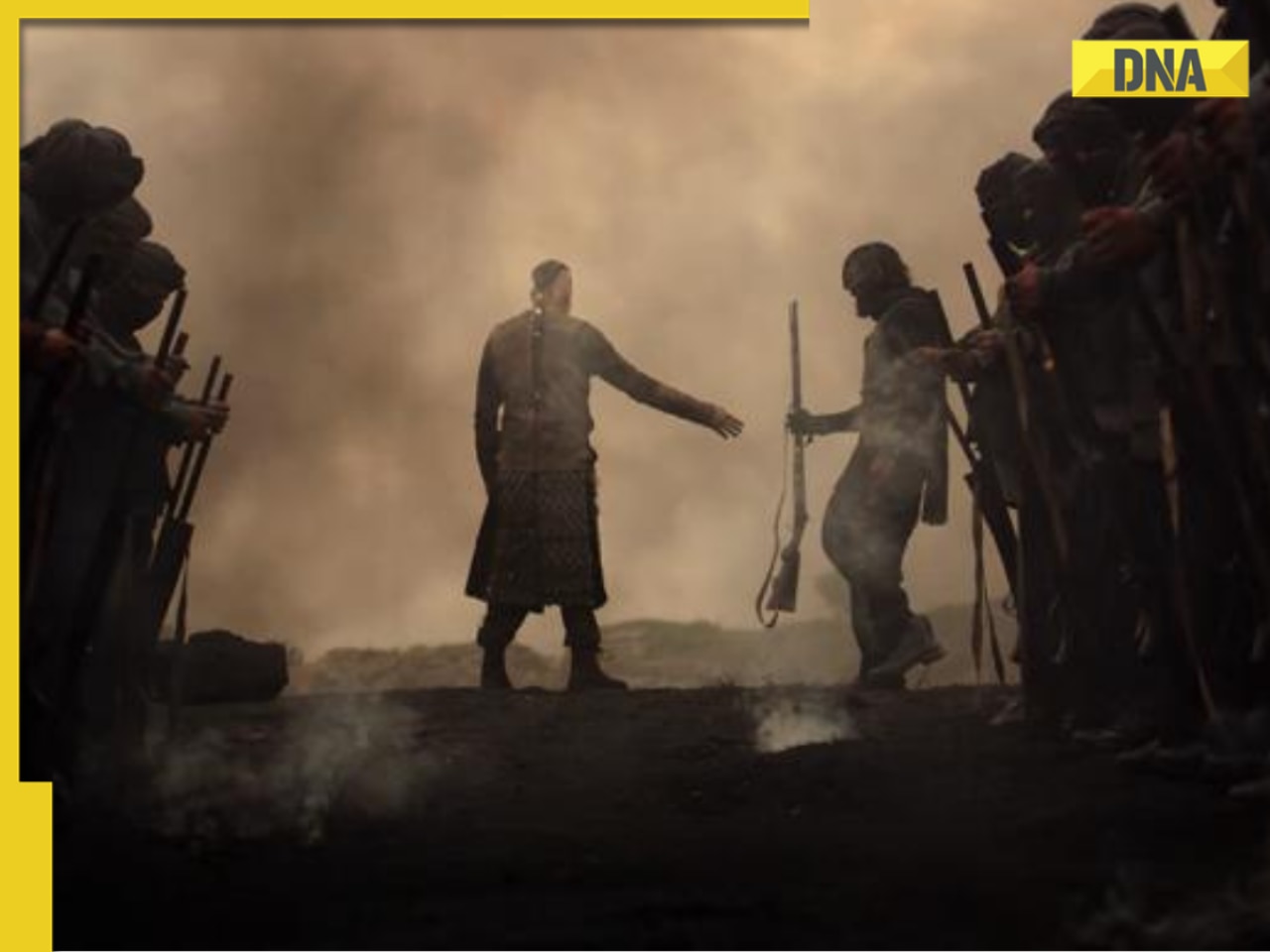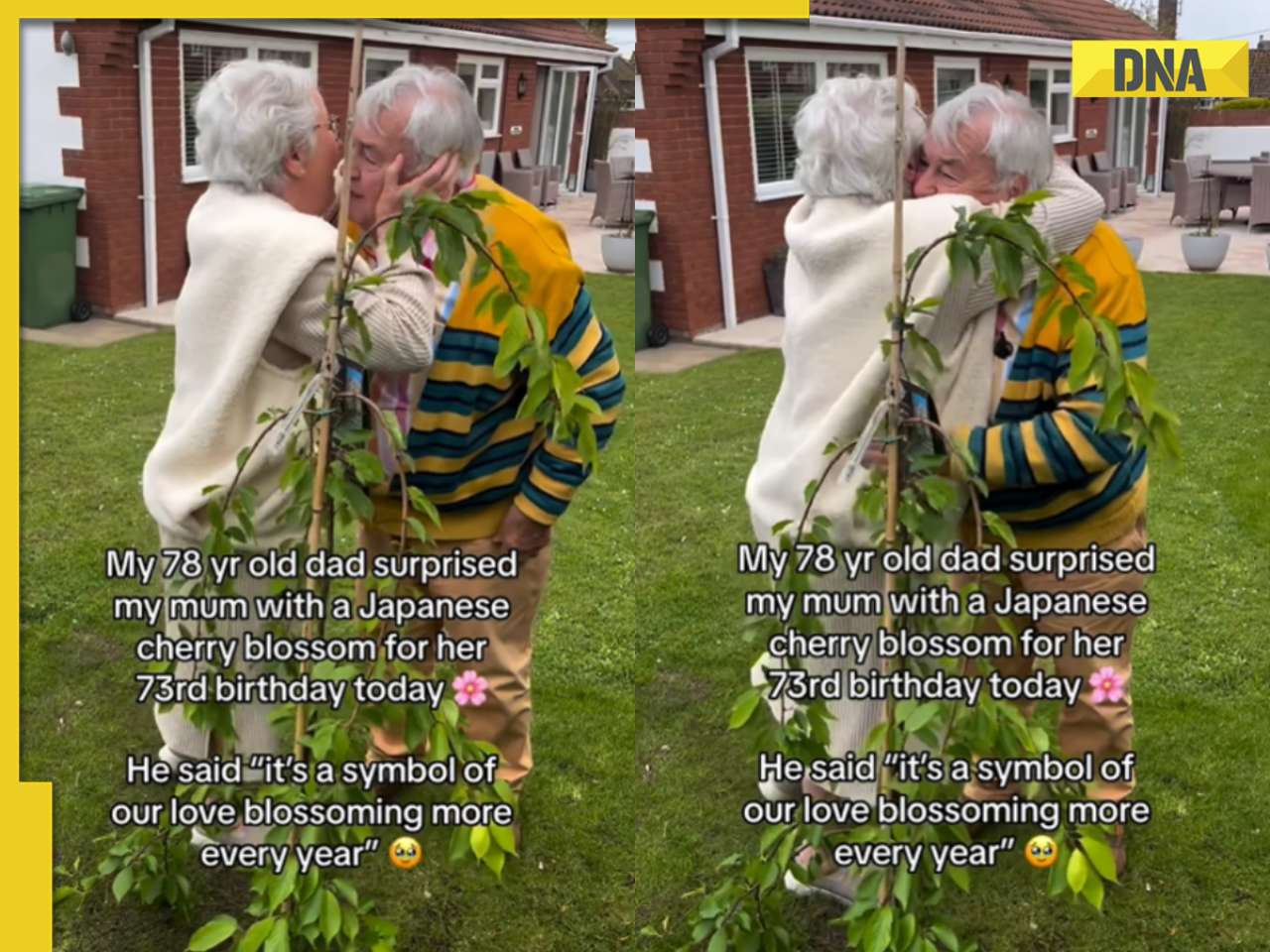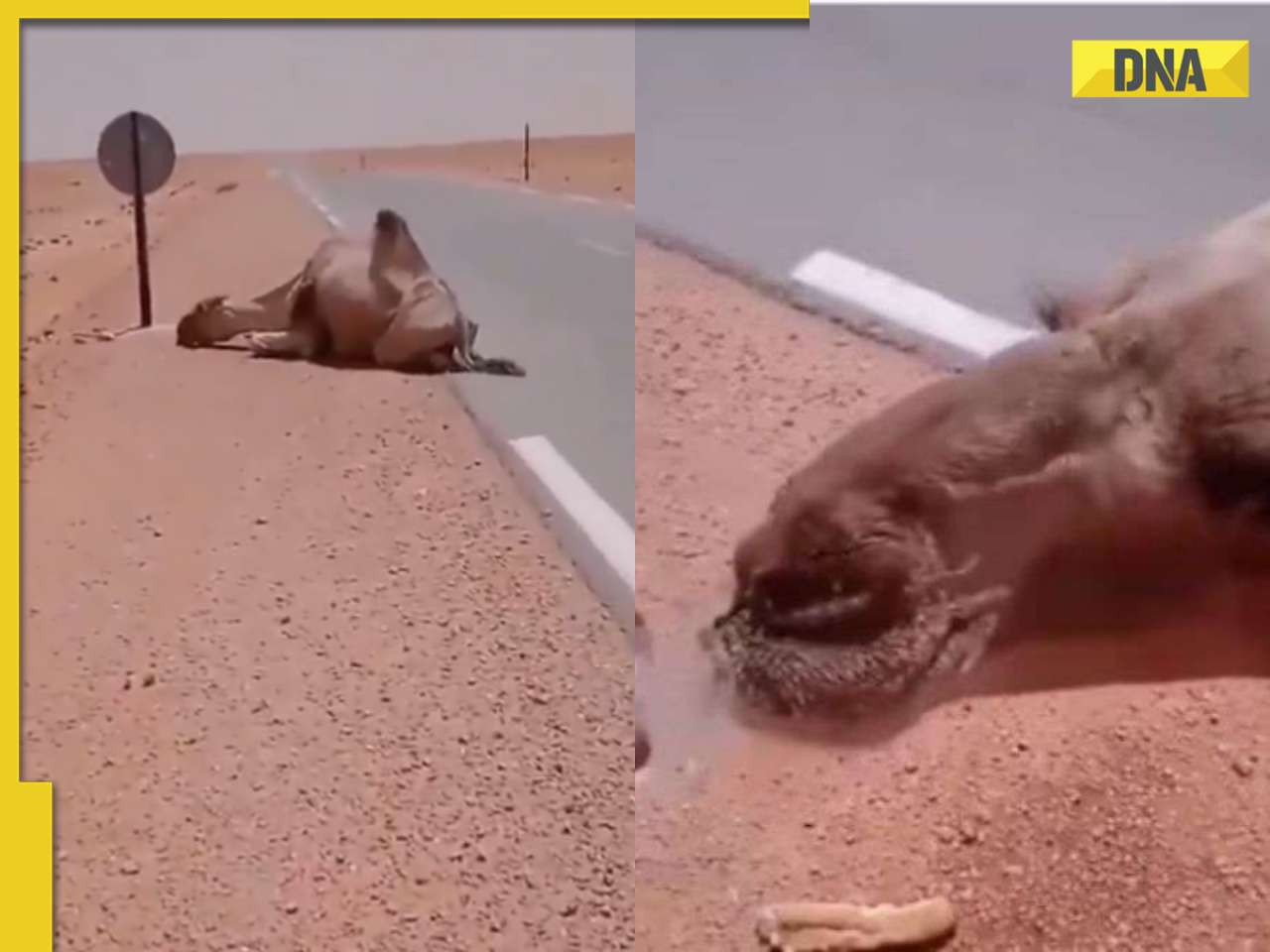The massive star, which was 530 times the size of our sun, exploded and burned to death.
Astronomers have meticulously studied a supernova that occurred about 11.5 billion years ago, when a faraway star about 530 times bigger than our sun perished in a violent explosion that flung its outer layers of gas into the surrounding universe.
Scientists reported that NASA's Hubble Space Telescope had captured three photographs spanning eight days, beginning only hours after the blast. This is an impressive feat, given how long ago and far away the explosion happened.
These photographs provided the first detailed view at a supernova so early in the history of the universe, when it was less than a fifth of its present age, and the first sight of a supernova cooling swiftly following the initial explosion in a single series of images.
“The supernova is expanding and cooling, so its colour evolves from a hot blue to a cool red," said Patrick Kelly, an astronomy professor at the University of Minnesota.
Located in a dwarf galaxy, the doomed star exploded at the end of its relatively short life span as a red supergiant.
"Red supergiants are luminous, massive and large stars, but they are much cooler than most of the other massive stars - that is why they are red," Chen said. "After a red supergiant exhausts the fusion energy in its core, a core collapse will occur and the supernova explosion will then blast away the star's outer layers - its hydrogen envelope."
Six hours after the original burst, the first photograph reveals that the explosion was initially tiny but very hot, reaching temperatures of almost 99,725 degrees Celsius.
The second photo was taken around two days later, and the third was taken some six days after that. These two pictures show the expansion of the gaseous stuff emitted from the star. The intensity of the explosion is reduced by a factor of five in the second picture. The third picture shows temperatures that are one-tenth as high as the first.
According to Chen, the relic of the exploding star is likely a neutron star because to its extreme density.
Hubble was able to capture three photographs of the explosion's aftermath at various times due to a phenomenon known as strong gravitational lensing. A galaxy cluster in front of the exploding star, as seen from Earth, generated so strong gravitational forces that they acted as a lens, bending and amplifying the light from the supernova.
Also, READ: NASA’s James Webb Space Telescope discovers early galaxies that Hubble missed
"The gravity in the galaxy cluster not only bends the light from behind it, but also delays the light travel time because the stronger the gravity, the slower a clock moves," Chen said. "In other words, emission of light from a single source behind the lens can go through multiple paths toward us, and we then see multiple images of the source."
Gravitational lensing enabled Kelly to see the rapidly cooling supernova in a single set of images, calling it "just absolutely amazing."
"It's kind of like seeing a film reel in colour of the supernova evolving, and it's a much more detailed picture of any known supernova that existed when the universe was a small fraction of its current age," Kelly explained.
"The only other examples where we have caught a supernova very early are very nearby explosions," Kelly added. "When astronomers see more distant objects, they are looking back in time.”
(With inputs from Reuters)
![submenu-img]() Mukesh Ambani’s daughter Isha Ambani’s firm launches new brand, Reliance’s Rs 8200000000000 company to…
Mukesh Ambani’s daughter Isha Ambani’s firm launches new brand, Reliance’s Rs 8200000000000 company to…![submenu-img]() Sonali Bendre says producers called her 'too thin', tried to ‘fatten her up' during the 90s: ‘They'd just tell me...'
Sonali Bendre says producers called her 'too thin', tried to ‘fatten her up' during the 90s: ‘They'd just tell me...'![submenu-img]() Heavy rains in UAE again: Dubai flights cancelled, schools and offices shut
Heavy rains in UAE again: Dubai flights cancelled, schools and offices shut![submenu-img]() When 3 Bollywood films with same story released together, two even had same hero, all were hits, one launched star kid
When 3 Bollywood films with same story released together, two even had same hero, all were hits, one launched star kid![submenu-img]() Gautam Adani’s firm gets Rs 33350000000 from five banks, to use money for…
Gautam Adani’s firm gets Rs 33350000000 from five banks, to use money for…![submenu-img]() Diabetes tips: Avoid these 9 fruits to prevent blood sugar spike
Diabetes tips: Avoid these 9 fruits to prevent blood sugar spike![submenu-img]() 6 members of Kapoor family who failed in Bollywood
6 members of Kapoor family who failed in Bollywood![submenu-img]() Countries with highest number of vegetarians
Countries with highest number of vegetarians![submenu-img]() 9 most expensive Bollywood films that flopped at box office
9 most expensive Bollywood films that flopped at box office![submenu-img]() From NTR to Saif Ali Khan: Actors who played Ravana on screen before Yash in Ramayan
From NTR to Saif Ali Khan: Actors who played Ravana on screen before Yash in Ramayan![submenu-img]() DNA Verified: Is CAA an anti-Muslim law? Centre terms news report as 'misleading'
DNA Verified: Is CAA an anti-Muslim law? Centre terms news report as 'misleading'![submenu-img]() DNA Verified: Lok Sabha Elections 2024 to be held on April 19? Know truth behind viral message
DNA Verified: Lok Sabha Elections 2024 to be held on April 19? Know truth behind viral message![submenu-img]() DNA Verified: Modi govt giving students free laptops under 'One Student One Laptop' scheme? Know truth here
DNA Verified: Modi govt giving students free laptops under 'One Student One Laptop' scheme? Know truth here![submenu-img]() DNA Verified: Shah Rukh Khan denies reports of his role in release of India's naval officers from Qatar
DNA Verified: Shah Rukh Khan denies reports of his role in release of India's naval officers from Qatar![submenu-img]() DNA Verified: Is govt providing Rs 1.6 lakh benefit to girls under PM Ladli Laxmi Yojana? Know truth
DNA Verified: Is govt providing Rs 1.6 lakh benefit to girls under PM Ladli Laxmi Yojana? Know truth![submenu-img]() Remember Ayesha Kapur? Michelle from Black, here's how actress, nutrition coach, entrepreneur looks after 19 years
Remember Ayesha Kapur? Michelle from Black, here's how actress, nutrition coach, entrepreneur looks after 19 years![submenu-img]() Remember Heyy Babyy's cute 'Angel' Juanna Sanghvi? 20 year-old looks unrecognisable now, fans say 'her comeback will...'
Remember Heyy Babyy's cute 'Angel' Juanna Sanghvi? 20 year-old looks unrecognisable now, fans say 'her comeback will...'![submenu-img]() In pics: Arti Singh stuns in red lehenga as she ties the knot with beau Dipak Chauhan in dreamy wedding
In pics: Arti Singh stuns in red lehenga as she ties the knot with beau Dipak Chauhan in dreamy wedding![submenu-img]() Actors who died due to cosmetic surgeries
Actors who died due to cosmetic surgeries![submenu-img]() See inside pics: Malayalam star Aparna Das' dreamy wedding with Manjummel Boys actor Deepak Parambol
See inside pics: Malayalam star Aparna Das' dreamy wedding with Manjummel Boys actor Deepak Parambol ![submenu-img]() DNA Explainer: Why Harvey Weinstein's rape conviction was overturned, will beleaguered Hollywood mogul get out of jail?
DNA Explainer: Why Harvey Weinstein's rape conviction was overturned, will beleaguered Hollywood mogul get out of jail?![submenu-img]() What is inheritance tax?
What is inheritance tax?![submenu-img]() DNA Explainer: What is cloud seeding which is blamed for wreaking havoc in Dubai?
DNA Explainer: What is cloud seeding which is blamed for wreaking havoc in Dubai?![submenu-img]() DNA Explainer: What is Israel's Arrow-3 defence system used to intercept Iran's missile attack?
DNA Explainer: What is Israel's Arrow-3 defence system used to intercept Iran's missile attack?![submenu-img]() DNA Explainer: How Iranian projectiles failed to breach iron-clad Israeli air defence
DNA Explainer: How Iranian projectiles failed to breach iron-clad Israeli air defence![submenu-img]() Sonali Bendre says producers called her 'too thin', tried to ‘fatten her up' during the 90s: ‘They'd just tell me...'
Sonali Bendre says producers called her 'too thin', tried to ‘fatten her up' during the 90s: ‘They'd just tell me...'![submenu-img]() When 3 Bollywood films with same story released together, two even had same hero, all were hits, one launched star kid
When 3 Bollywood films with same story released together, two even had same hero, all were hits, one launched star kid![submenu-img]() Salman Khan house firing case: Family of deceased accused claims police 'murdered' him, says ‘He was not the kind…’
Salman Khan house firing case: Family of deceased accused claims police 'murdered' him, says ‘He was not the kind…’![submenu-img]() Meet actor banned by entire Bollywood, was sent to jail for years, fought cancer, earned Rs 3000 crore on comeback
Meet actor banned by entire Bollywood, was sent to jail for years, fought cancer, earned Rs 3000 crore on comeback ![submenu-img]() Karan Johar wants to ‘disinherit’ son Yash after his ‘you don’t deserve anything’ remark: ‘Roohi will…’
Karan Johar wants to ‘disinherit’ son Yash after his ‘you don’t deserve anything’ remark: ‘Roohi will…’![submenu-img]() IPL 2024: Bhuvneshwar Kumar's last ball wicket power SRH to 1-run win against RR
IPL 2024: Bhuvneshwar Kumar's last ball wicket power SRH to 1-run win against RR![submenu-img]() BCCI reacts to Rinku Singh’s exclusion from India T20 World Cup 2024 squad, says ‘he has done…’
BCCI reacts to Rinku Singh’s exclusion from India T20 World Cup 2024 squad, says ‘he has done…’![submenu-img]() MI vs KKR, IPL 2024: Predicted playing XI, live streaming details, weather and pitch report
MI vs KKR, IPL 2024: Predicted playing XI, live streaming details, weather and pitch report![submenu-img]() IPL 2024: How can RCB and MI still qualify for playoffs?
IPL 2024: How can RCB and MI still qualify for playoffs?![submenu-img]() MI vs KKR IPL 2024 Dream11 prediction: Fantasy cricket tips for Mumbai Indians vs Kolkata Knight Riders
MI vs KKR IPL 2024 Dream11 prediction: Fantasy cricket tips for Mumbai Indians vs Kolkata Knight Riders ![submenu-img]() '25 virgin girls' are part of Kim Jong un's 'pleasure squad', some for sex, some for dancing, some for...
'25 virgin girls' are part of Kim Jong un's 'pleasure squad', some for sex, some for dancing, some for...![submenu-img]() Man dances with horse carrying groom in viral video, internet loves it
Man dances with horse carrying groom in viral video, internet loves it ![submenu-img]() Viral video: 78-year-old man's heartwarming surprise for wife sparks tears of joy
Viral video: 78-year-old man's heartwarming surprise for wife sparks tears of joy![submenu-img]() Man offers water to thirsty camel in scorching desert, viral video wins hearts
Man offers water to thirsty camel in scorching desert, viral video wins hearts![submenu-img]() Pakistani groom gifts framed picture of former PM Imran Khan to bride, her reaction is now a viral video
Pakistani groom gifts framed picture of former PM Imran Khan to bride, her reaction is now a viral video







































)









)
)
)
)
)
)